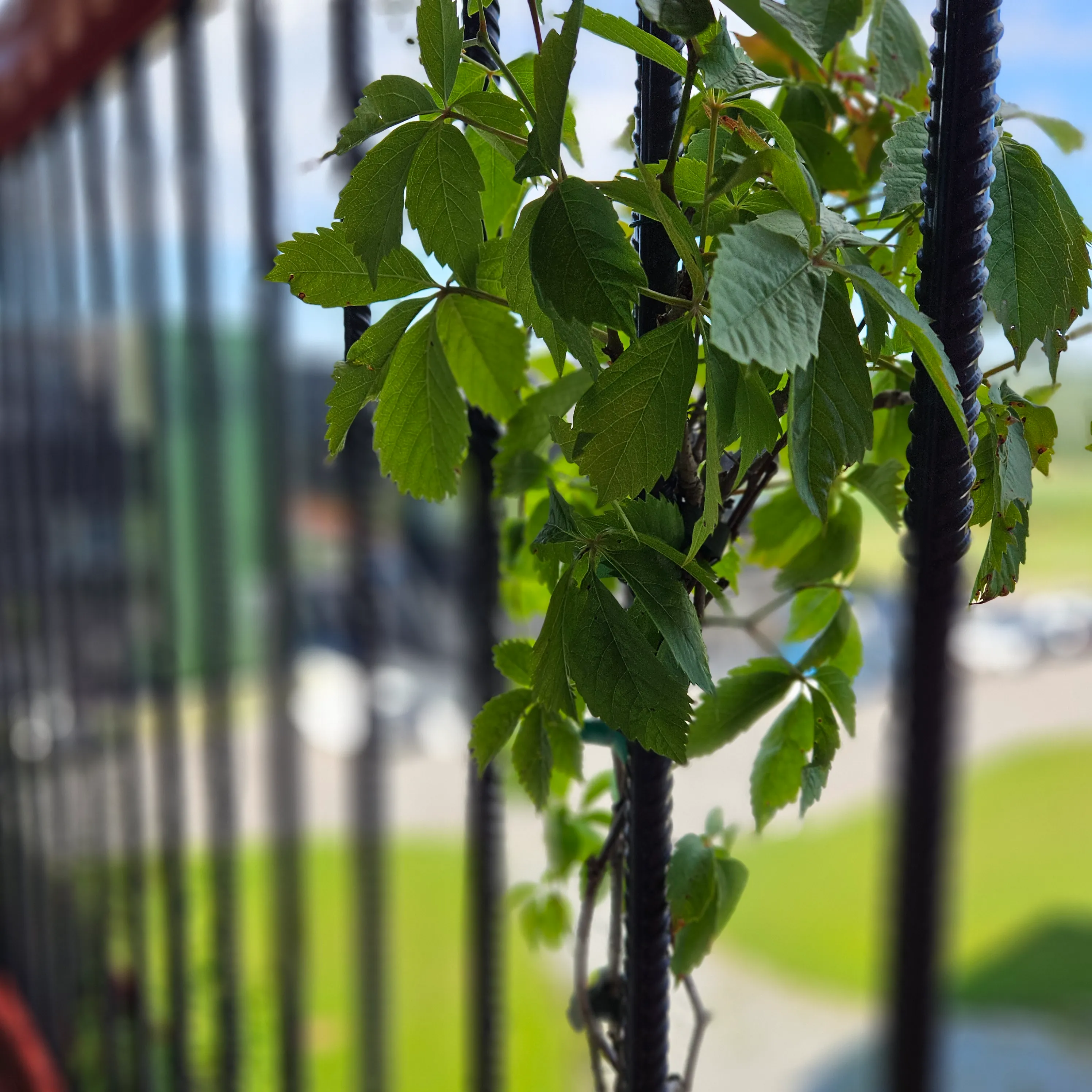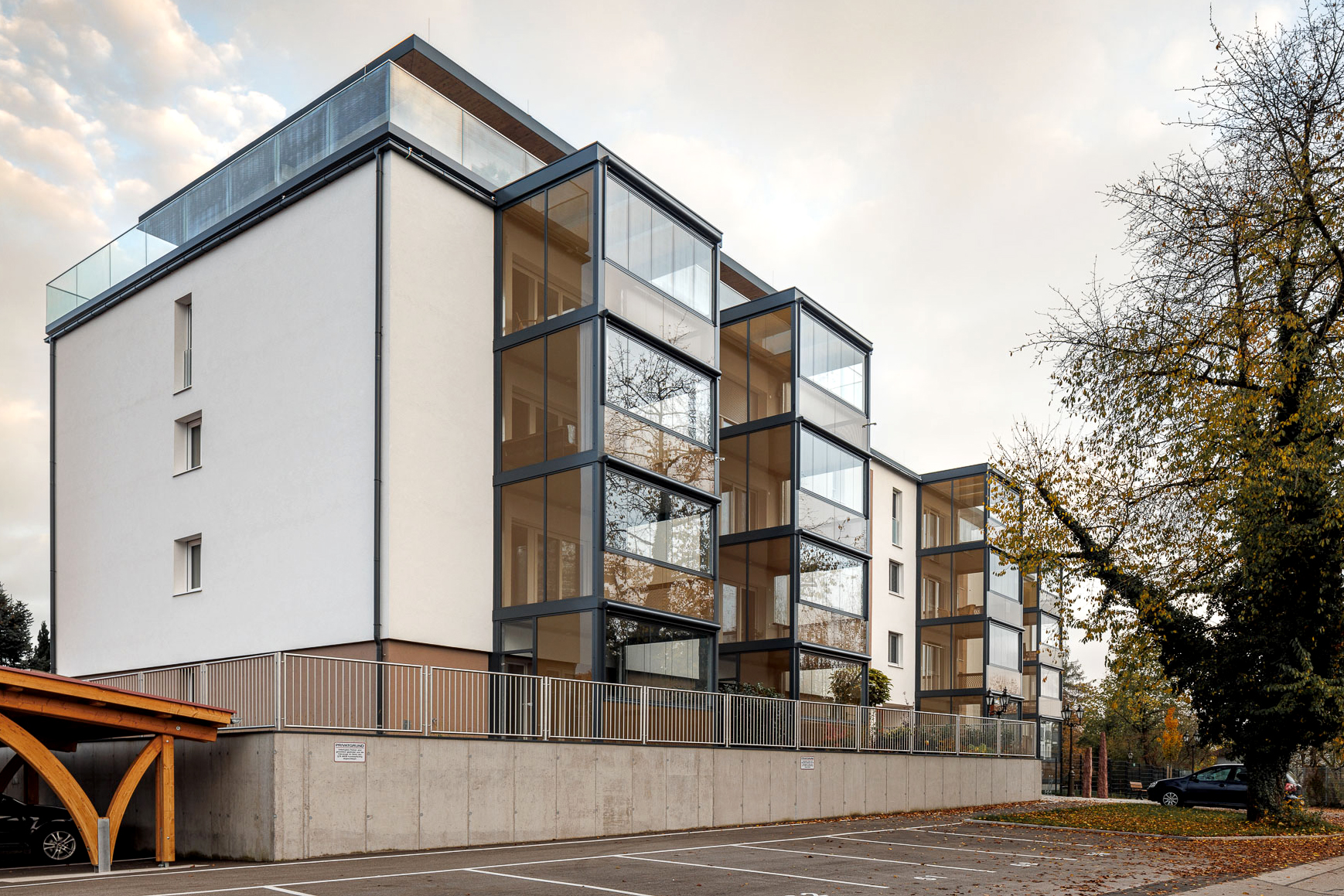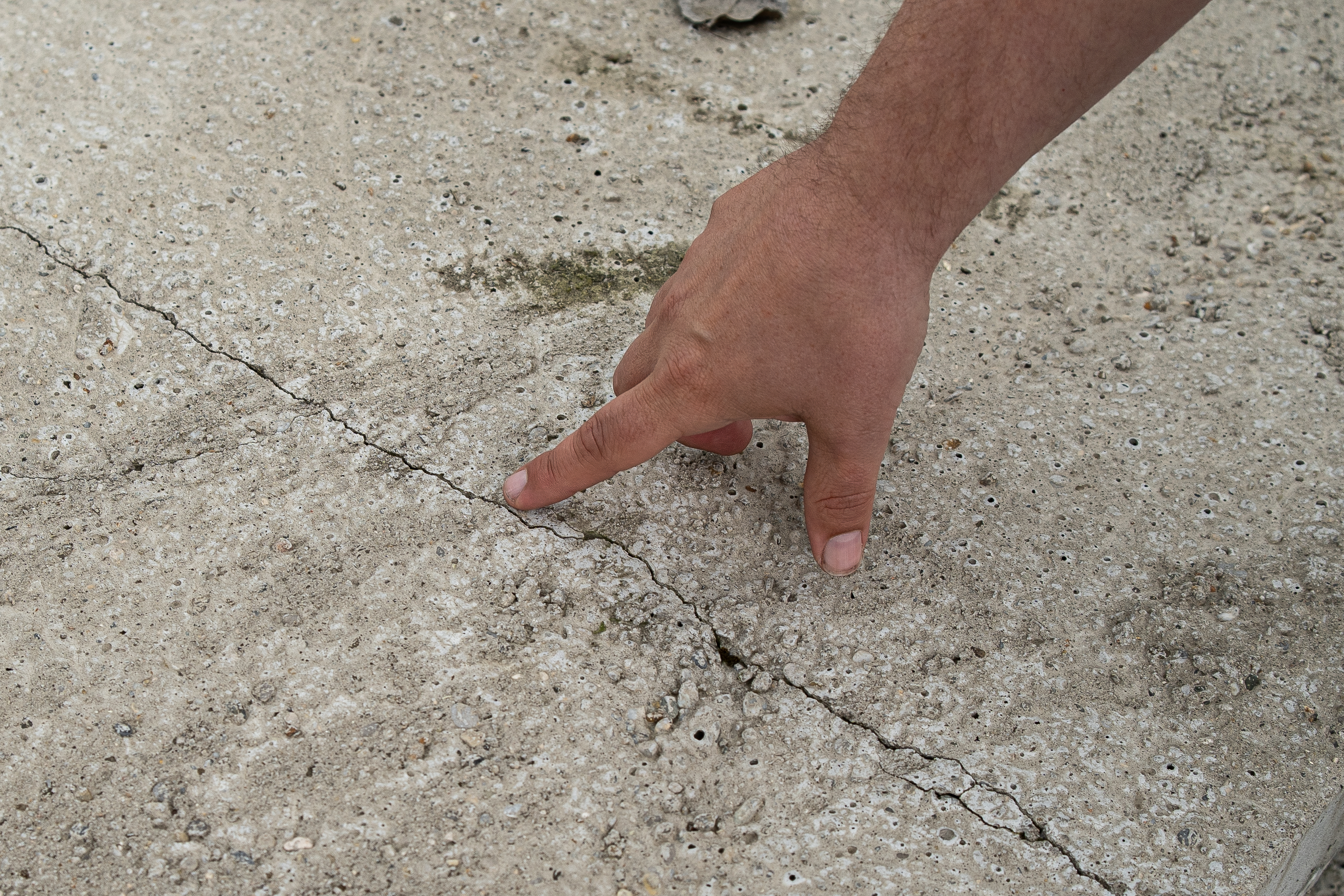During hot summers, green façades transform buildings and cities into living, climate-friendly comfort zones – without using air conditioning.
They protect, cool, and beautify – and they make economic sense.
In this article, you’ll learn why, and how new Austrian regulations are turning façade greening into a requirement.

The benefits – especially in summer: natural, effective, and diverse
Natural cooling through evaporation
Plants cool their surroundings by absorbing water and releasing it through evaporation. This keeps façades significantly cooler. Dark, unprotected walls can heat up to 60 °C under intense sunlight, while green façades usually stay around 30 °C. In front of the façade, the temperature difference can reach up to 12 °C on hot days.
Indoor cooling & energy savings
Green façades act like a second skin: indoor temperatures stay about 3 °C cooler in summer, reducing cooling costs by 10–20 %.
Shade through living architecture
Climbing plants work like natural curtains – shading façades in summer and allowing sunlight in during winter, without any technology required.
Air purification and pollutant reduction
Leaves capture fine dust, exhaust gases, and pollutants, while producing oxygen and binding CO₂ – true green filters that require minimal space.
Noise and UV protection
Vegetation dampens sound and shields walls from UV radiation and heavy rain. This helps façades last longer and reduces the need for renovation.
Biodiversity & aesthetic value
Green façades provide habitats for insects, birds, and other species, enhancing urban biodiversity and improving the cityscape and overall quality of life.
Added property value and well-being
Buildings with greenery become more attractive – property values can rise by 4–8 % – and people simply feel better in a greener environment.
Vienna – mandatory façade greening
In Vienna, all new or modified development plans must include façade greening if the building height exceeds 7.5 m. Exceptions apply for buildings higher than 26 m (due to fire safety regulations) and for single-family homes or small garden developments.
Conclusion: Why green façades matter – especially in summer
Façade greening isn’t a passing trend but a sustainable, multifunctional solution for climate adaptation. It cools both indoors and outdoors, provides protection during transitional seasons, reduces energy demand, purifies the air, dampens noise, boosts biodiversity, and enhances the urban landscape – supported by numerous funding programs, particularly in Vienna, Graz, and at the federal level.
The key: integrate façade greening early in the planning phase (especially for new buildings or thermal renovations), choose suitable plants (e.g. evergreen species for winter insulation), and apply for funding in good time. Then nothing stands in the way of a cooler summer and long-lasting living comfort.


